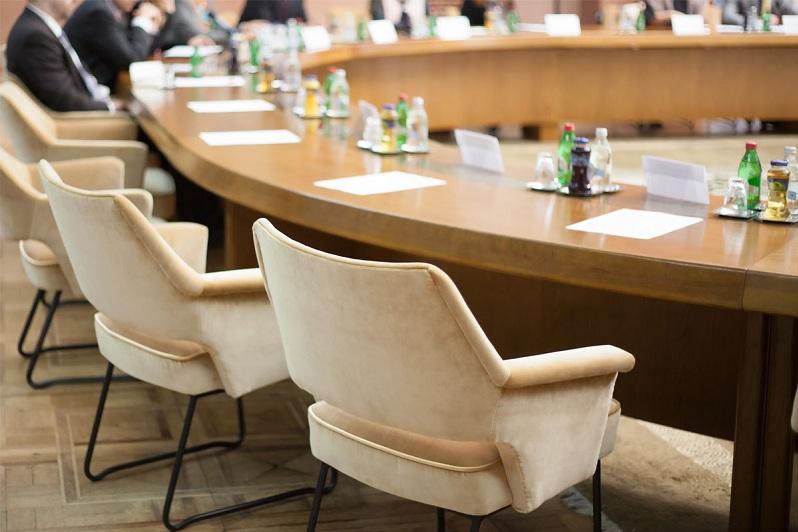
Based on the analysis of the material studied in preparation for the roundtable, information presented in reports and during the free discussion section, the following main application areas of digital technology in the cultural field can be identified:
Culture on the Internet and online projects
- Digital communication channels in the field of cultural knowledge, exchange of experience and information on cultural events and objects, cultural content on digital mass media, social media, websites, messaging apps, etc.
- Various modern tools and specialized applications for promoting cultural monuments, artworks and literary works, cultural events, etc., online
- Virtual museums and tours, development of highly realistic immersive virtual environments involving cultural and historical content, remote access to archival documents and material.
Culture and digital tools
- Preservation and protection of world heritage, that is, historical and cultural sites, by means of modern digital tools
- Digital reconstruction and visualization of various cultural artifacts, artworks, historical figures and episodes of history, cultural environment of the past, visual archaeology, and other possible applications, including those involving the use of computer graphics, 3D modeling, virtual reality, augmented reality, computer vision, etc.
- Digitization of literary heritage and specially protected book collection items, the National Electronic Library being a successful domestic example of this kind of project
- Various specialized digital tools for cultural environment object protection and restoration, such as remote sensing, seismic resistance assessment, assessment of aging structures, risk forecasting, protection against natural disasters and calamities, auxiliary digital archaeological tools, etc.
- Digital and cyber-archaeology, that is, big data archaeology, which is now gaining in popularity and includes, among other things, the archeological research based on online data analysis and digital excavation
- A wide rage of multimedia technologies used for various purposes in the cultural field, in cultural education and training in particular.
Metadata in culture
- Facilitation of search for, identification of and access to information on various aspects culture, including those concerning history, literature, art, etc.
- Semantic analysis and generation of ontologies in the field of cultural knowledge and heritage by means of digital tools, artificial intelligence (AI) technology in particular.
Participants of the roundtable stressed the need to look into the aforementioned options and ensure that field-specific Russian organizations and cultural institutions start effectively using them.
In addition to that, as a result of the roundtable, experts came up with the following conclusions and proposals:
1. To strengthen partnerships between the roundtable participants and combine efforts to support the projects implemented at the following venues:
- ZIL Cultural Center (using digital solutions in several pre-planned cultural events and activities),
- Sirius University of Science and Technology (heraldic heritage preservation),
- Innopolis University (stylizing modern clothing to produce a pastiche of national Tatar costumes by means of AI technology),
- Likhachev Russian Research Institute for Cultural and Natural Heritage (preservation of cultural heritage sites, including those recognized by UNESCO).
2. To look into the possibility of launching new joint projects that would be targeted primarily at youth and contribute to the cultural development and distribution of effective digital practices. It was pointed out that various cultural centers, libraries, arts organizations, educational centers as well as regional and municipal clubs are especially interested in such solutions.
3. To consider creating a “point of attraction and growth” for motivated and creative young people at the ZIL Cultural Center, where interesting projects in the field of digital solutions for cultural objects and heritage would be developed and tested.
4. To look into the possibility of conducting a case study to sum up and analyze information on the topic discussed at the roundtable.
5. To continue holding meetings and events focused on the “culture and digitalization” topic in a variety of formats and, among other things, attract new and interesting participants.
Follow the link to learn more about the main outcomes and results of the discussion: https://cgitc.ru/news/kultura-i-tsifra-novye-sposoby-sokhraneniya-dostoyaniya-chelovechestva/